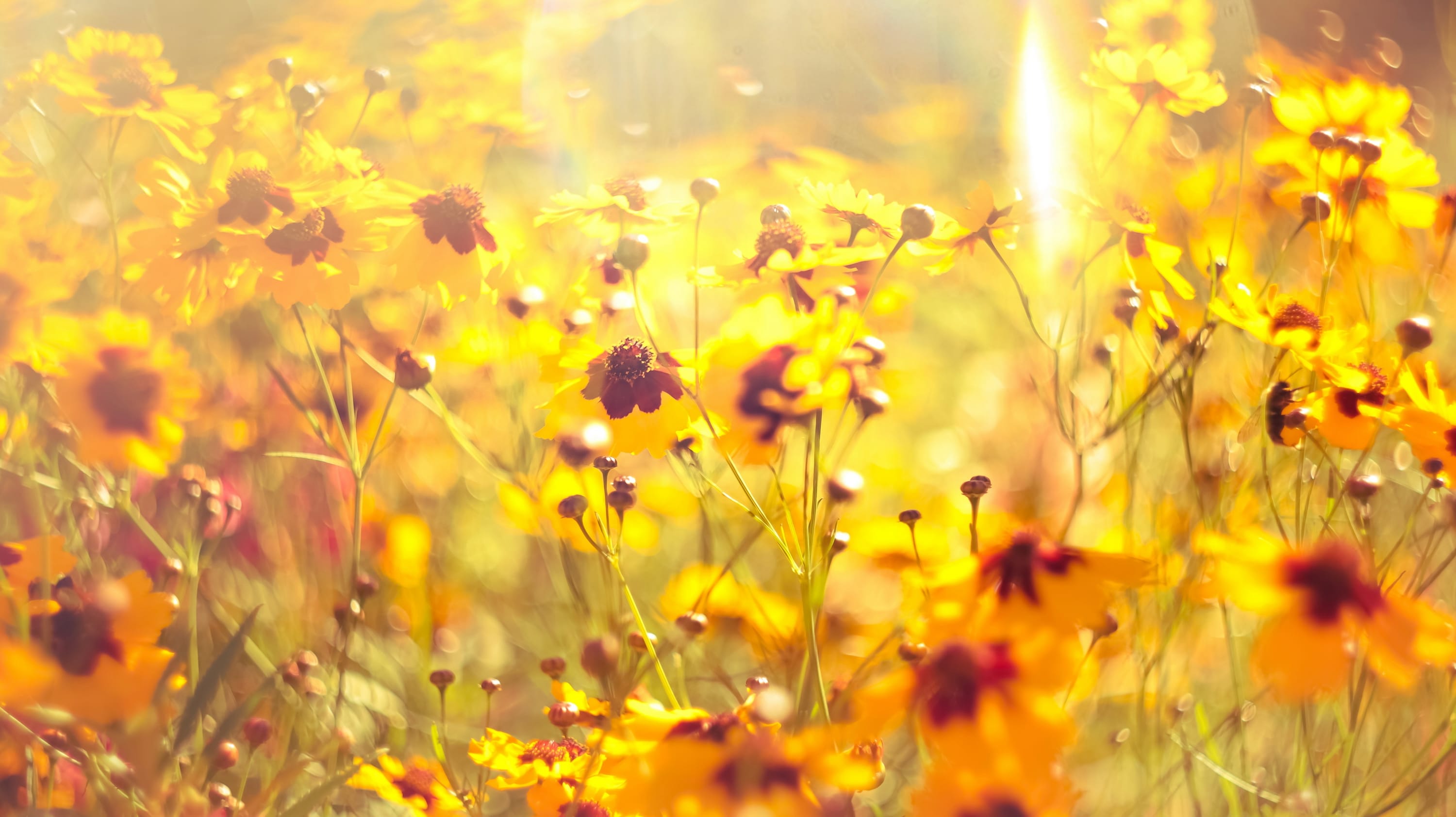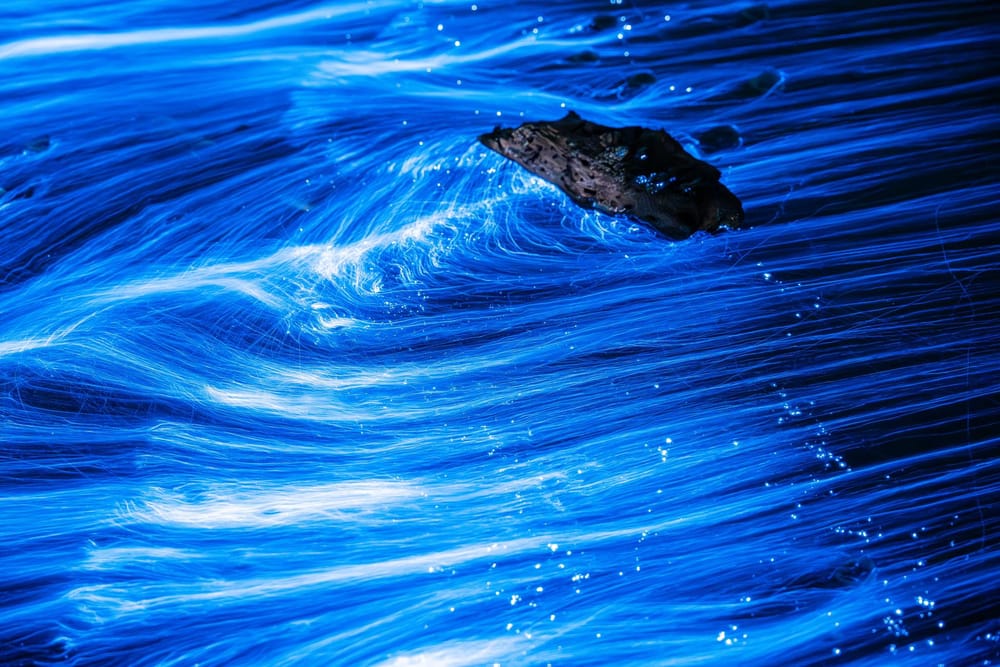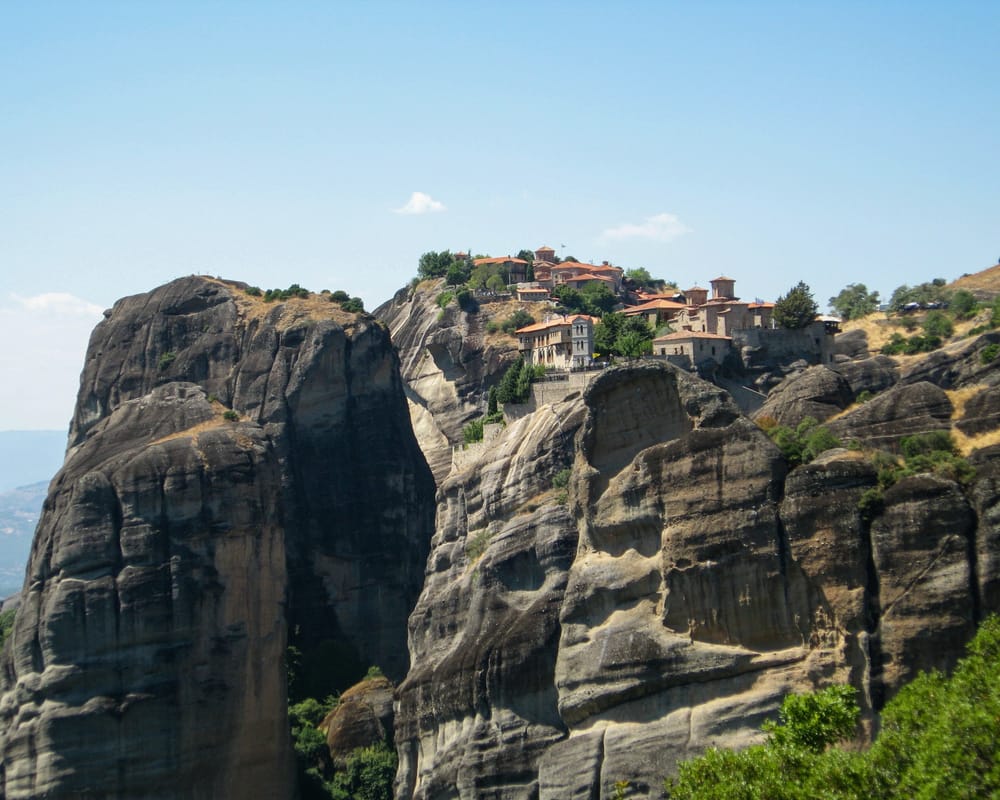Some photographs stay in our memories and may even evoke other feelings (for example, warmth, taste). What is happening in our brains when we see those photos is studied by neuroaesthetics—a relatively new science field. Understanding it can make a real difference to the photographs you take making them emotionally and neurologically stimulating and help you explore photography beyond the 3x3 grid view. Here, we analyse seven photographs from our Excio Captivating Photography Library and explain what makes them strong and... well... captivating!
“Tuatua sand beach” by Damon Marshall
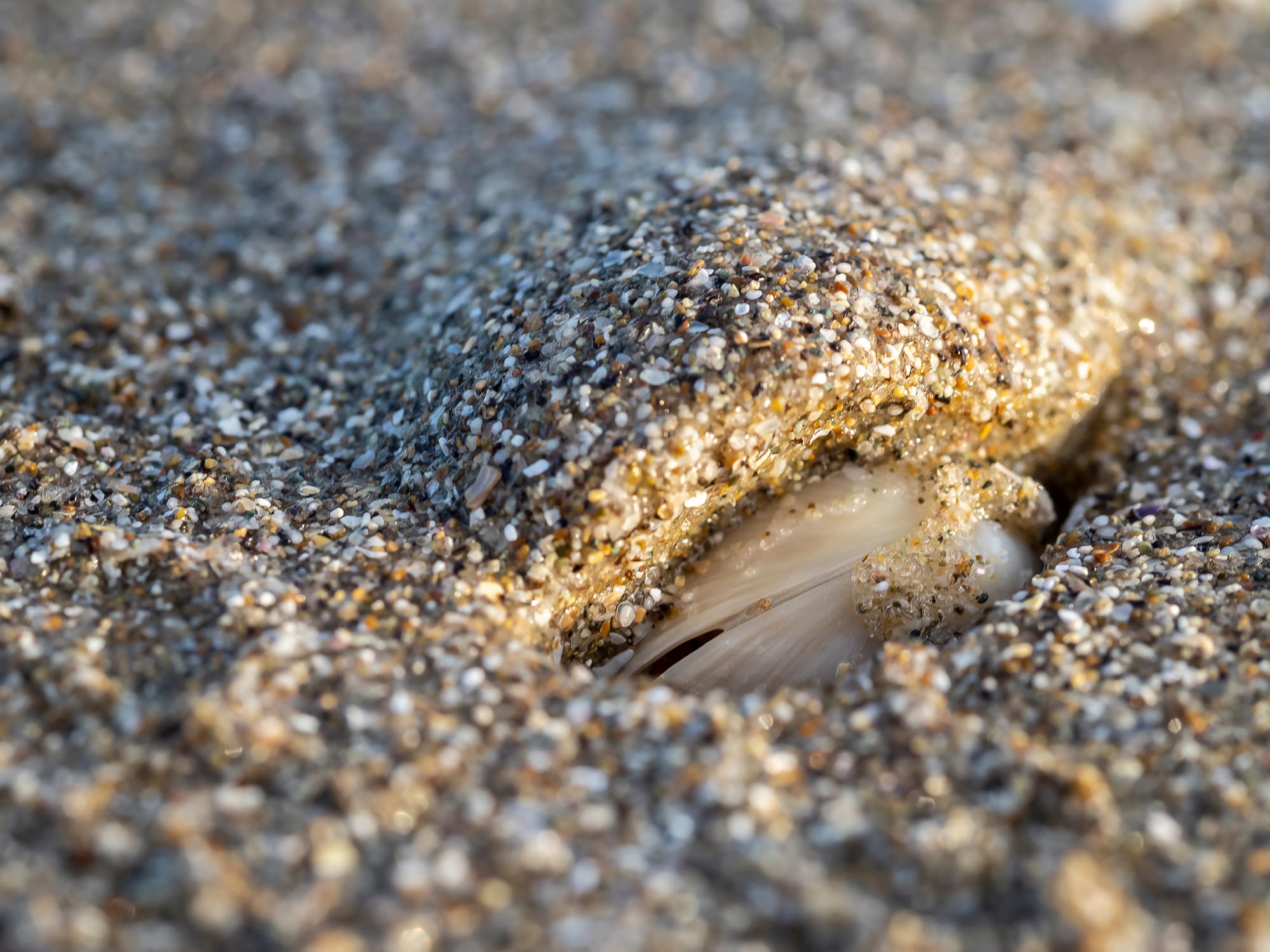
Curiosity and discovery The semi-buried object ignites our innate curiosity. Our brain loves solving puzzles and mysteries, and this image pushes us to wonder what's beneath.
Contrast recognition
Our brain is wired to detect contrasts, whether it's color, texture, or light. The highlighted contours of the shell against the sand create a pleasing visual contrast that our brain naturally gravitates towards.
Tactile simulation
When we look at textures, our brain simulates the sensation of touch. In this photo, the detailed granularity makes us imagine the sensation of sand. The presence of the yellow hue, especially in a natural setting like a beach, can evoke memories of golden sunsets or lazy summer afternoons. For many, it brings about feelings of nostalgia and calm.
“Yellow sunshine” by Heather Maree Owens
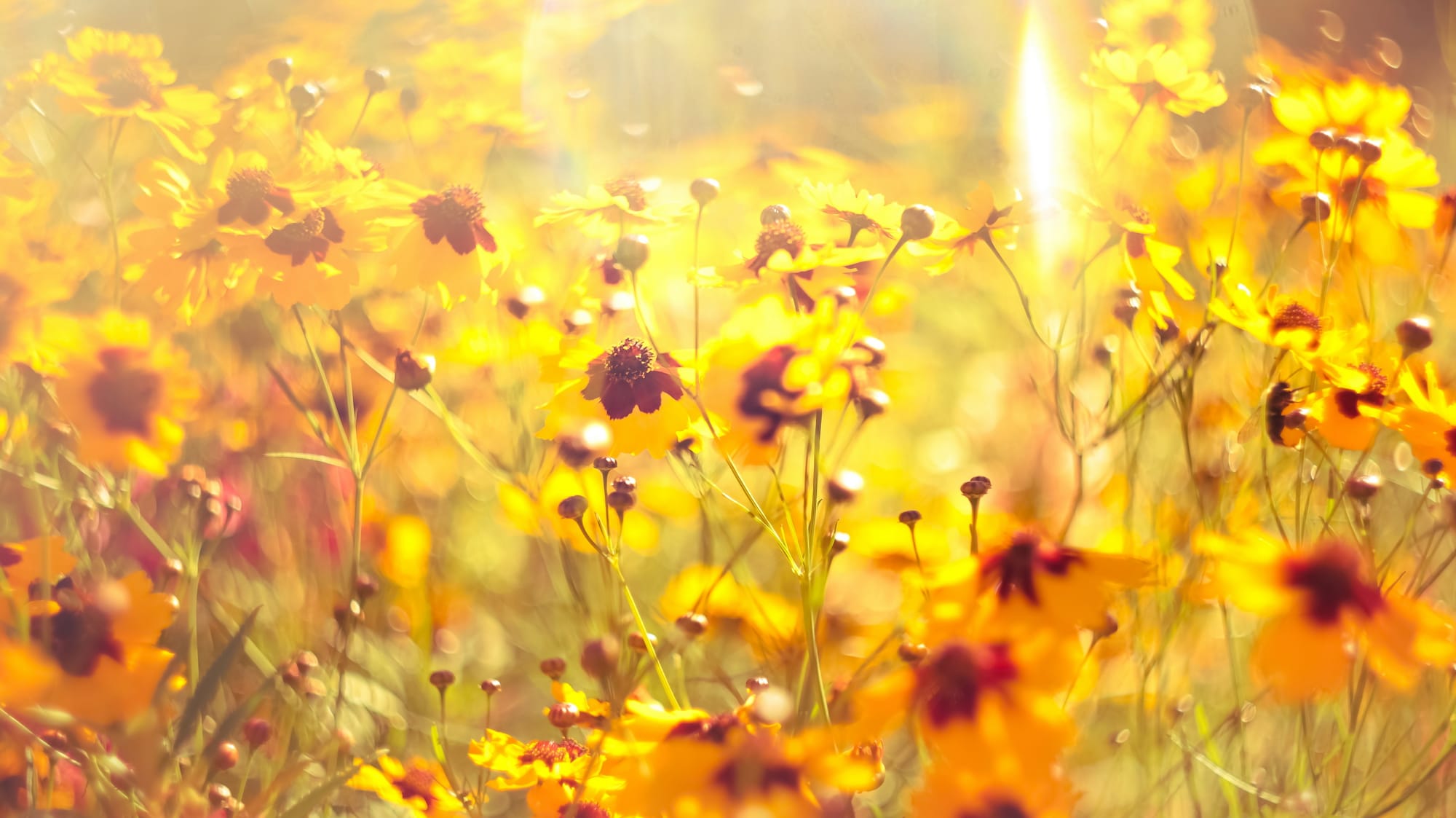
Mood elevation
The abundance of yellow, a colour often linked to happiness and positivity, can have an uplifting effect on the viewer's mood. Our brains naturally associate bright, sunlit scenes with positive emotions.
Nature connection
Flowers and natural settings can evoke a sense of peace and tranquillity. For many, this image might stir feelings of being in a serene meadow or garden, allowing for a brief mental escape.
The role of sunlight
Our brains are hardwired to seek out light. The prominent sunbeam acts as a powerful draw, creating a focal point and making the scene feel more dynamic and alive.
“Homeward bound” by Noelle Bennett

Sense of adventure
The dominant misty tones create a sense of mystery. It feels as if the ship is embarking on an unknown voyage or journeying through the mists of time. The ship, a universal symbol of exploration, evokes feelings of adventure or the unknown in the viewer. We're naturally curious, and this photo might stimulate our desire for discovery.
Calming effect
The softness of the image, with its blurred lines and muted colours, can induce a sense of calm and relaxation. It's like a visual lullaby.
Subtle colour palette
The gradient of cool to warm muted colours, from the deep blue-greys to the soft oranges, adds depth and contrast which adds a touch of drama to the scene.
“Leaf on rocks at the river” by Sandy McCleary
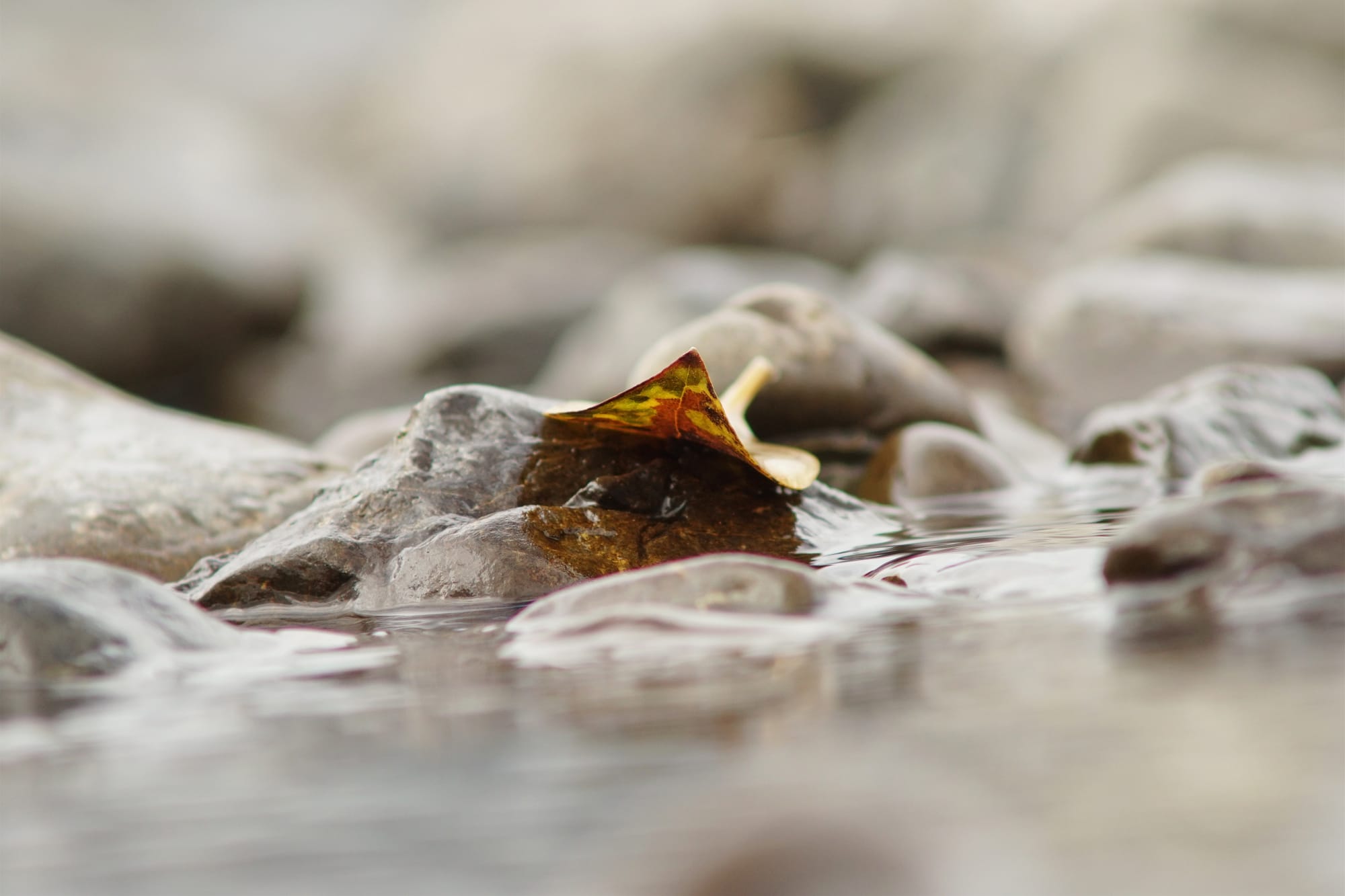
Natural elements
Nature, especially water, often evokes a sense of tranquility in the human brain. The sight of calm water can decrease anxiety levels and promote feelings of peace.
Isolation
The single leaf among the rocks might evoke feelings of isolation or solitude. Neurologically, isolated subjects can lead to introspection, causing viewers to reflect on their own experiences or feelings.
Touch
Just like with the first photo, the wet, smooth surface of the rocks evokes tactile memories or sensations in the viewer, enhancing the immersive experience of the photo.
“Satin Bower” by Glenda Wilks
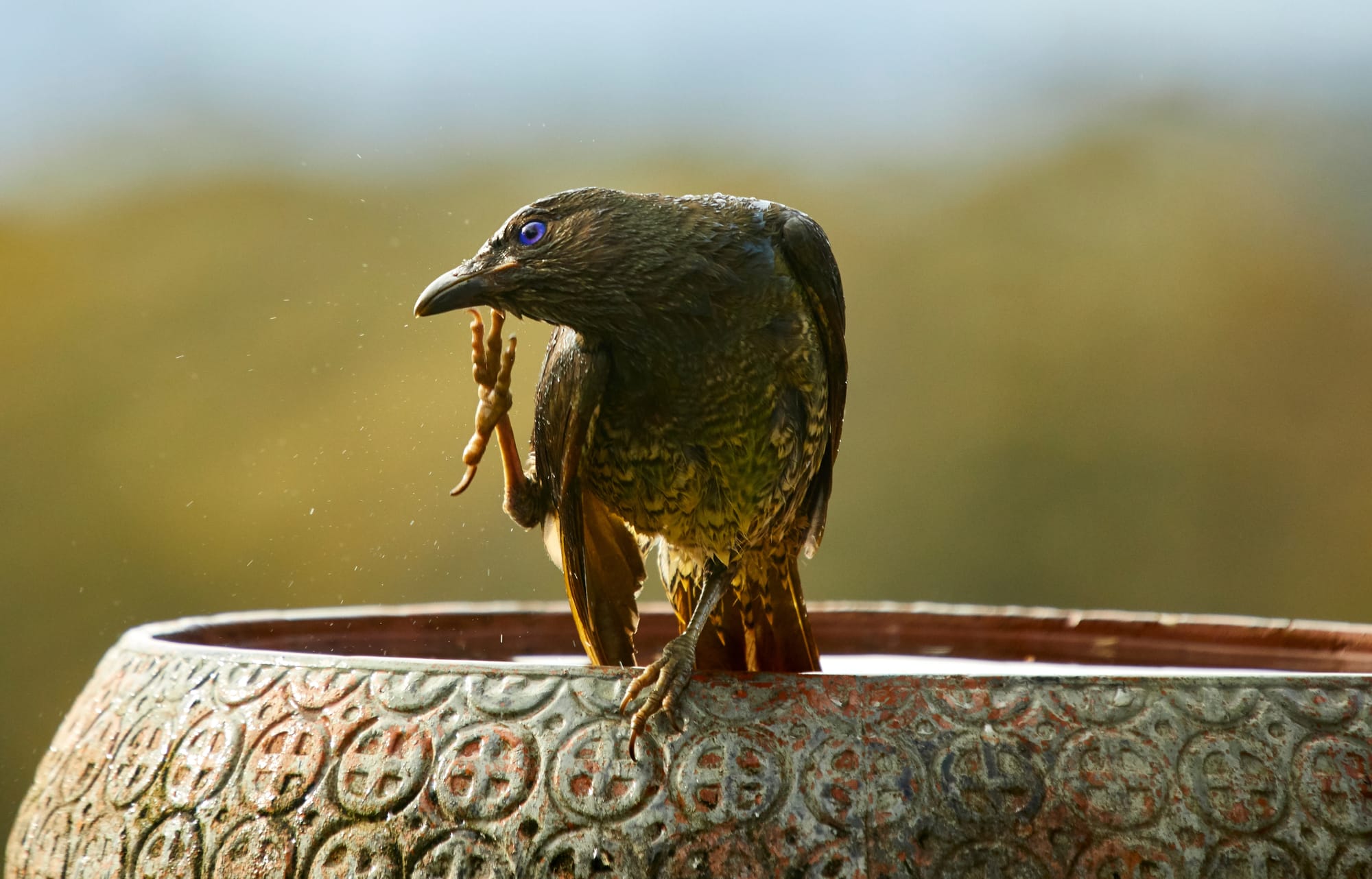
Storytelling
Neurologically, humans are storytellers. The bird in this photo provokes curiosity. What happened before this? What will happen next? This narrative quality engages the viewer on a deeper level.
Focus and attention
Our brains are attracted to eyes, especially when they're as vibrant as this bird's. The bird's striking blue eye and the golden light add a pop of color against the muted background. In addition, the eye acts as a strong focal point, drawing immediate attention.
Texture
Just like with previous photographs, the intricate texture of the bowl, combined with the bird's wet feathers, adds depth and visual interest.
“Tauhou” by Lorraine Neill
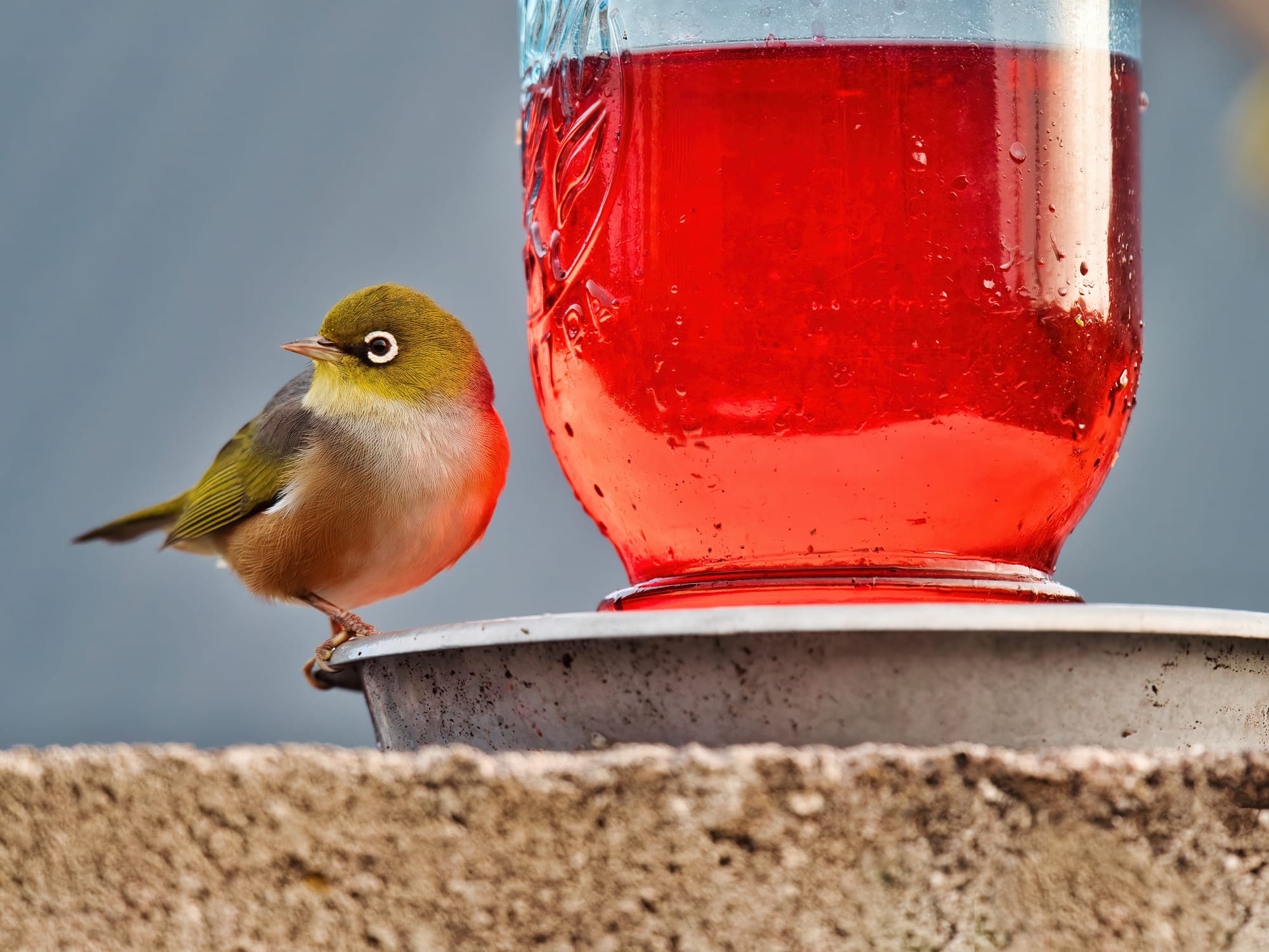
Colour contrast
The vivid red of the sugar water against the muted background is immediately striking. Bright colours naturally grab attention as our brains associate them with important things like ripe fruit or potential dangers. The red is vibrant and evokes a range of emotions, including excitement or curiosity.
Simplicity
The photo isn't cluttered. This allows the brain to easily process what's in front of it, making the viewing experience more enjoyable. Having the bird as a clear focal point is also very satisfying as it provides a structured visual experience.
Symmetry
Symmetry simplifies the visual information our brain needs to process. Some neuroscience studies suggest there are specific neural mechanisms dedicated to detecting symmetry. This indicates that our brains are specifically wired to recognise and appreciate symmetry. In this case, while not perfectly symmetrical, the photo has a balance between the bird on the left and the container on the right.
“Moss” by Karen Miller
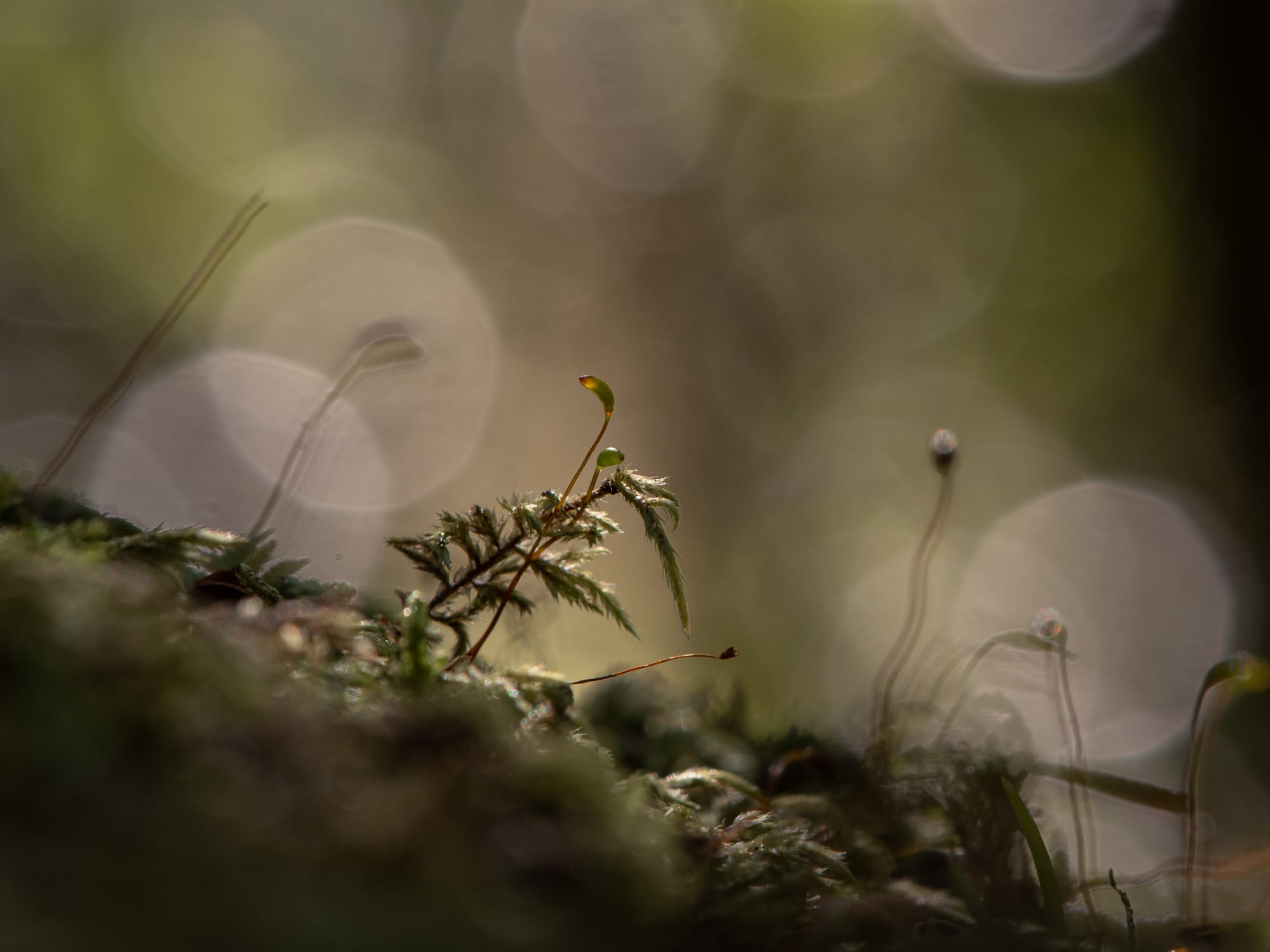
Depth and layers
The layers, from the mossy foreground to the soft background, give a sense of depth. This depth engages our brain, making us feel more immersed in the scene.
Contrast in texture
There's a clear contrast between the rough texture of the moss and the soft, ethereal glow of the light. Our brains appreciate such contrasts as they provide multiple points of interest.
Muted colour tones
Muted tones, in general, tend to be comforting. They're softer on the eyes, creating a cosy and inviting atmosphere. Dark greens, especially, are often associated with tranquility. Think of a dense forest or moss-covered stones — they evoke a sense of peace and calm.

